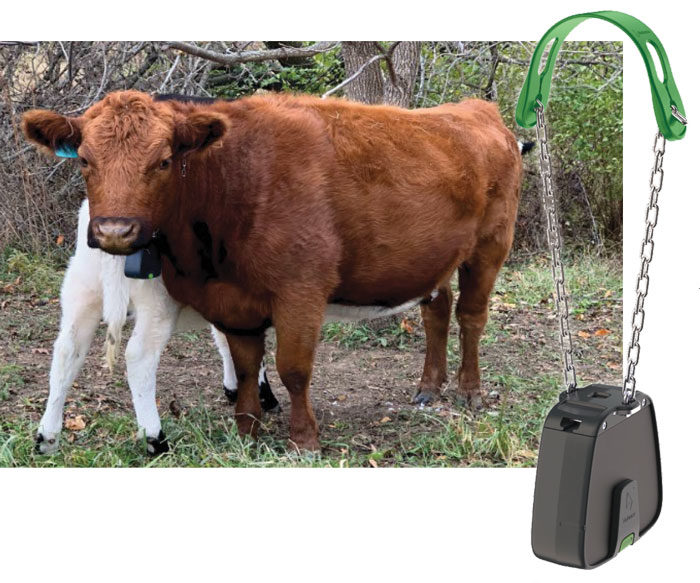No-Till Farmer
Get full access NOW to the most comprehensive, powerful and easy-to-use online resource for no-tillage practices. Just one good idea will pay for your subscription hundreds of times over.

VIRTUAL FARMING. The Nofence tracking collars allow Monte Bottens to manage his cows remotely from an app on his phone, so he’s able to focus on other on-farm duties while still reaping the soil health benefits of cattle integration in his no-till program. Monte Bottens/Nofence
55 years after the last cow left Bottens Family Farm in Cambridge, Ill., cattle have returned. No-tiller and fifth-generation farmer Monte Bottens re-introduced cattle to his 2,500-acre operation in 2017 after seeing veteran no-tiller Gabe Brown’s National No-Tillage Conference presentation explaining how his organic matter increased from 6.1% to 11.1% after 3 years of livestock integration and other conservation practices
The re-introduction of cattle completes Bottens’ adoption of all 5 soil health principles: minimizing soil disturbance, maximizing soil cover, increasing biodiversity, maintaining continual living roots and integrating livestock — something he calls “Project Moo.”
The other 4 soil health principles support Bottens’ cattle. His cover crops are their sole source of food, with the addition of cafeteria-style minerals.
“It's a 100% grass fed and finished program,” he says. “No antibiotics, no hormones, no vaccinations, and that’s what our customers want.”
When integrating cattle onto crop land, Bottens seeds a mix of predominantly cereal rye with kale, hairy vetch and winter peas on all acres going to soybeans. A grazing field is seeded with triticale in November and then frost seeded with crimson clover in February. Around April 10, the cattle begin grazing the rye mix ahead of soybeans until May 15, when the last soybeans are planted. Then they’re moved back to the triticale and clover field.
They calve on the cover crops as residual perennial grasses continue to accumulate biomass in Bottens’ perennial pastures. The perennials consist of Conservation Reserve Program mixes, such as brome, Kentucky blue, orchard grasses…